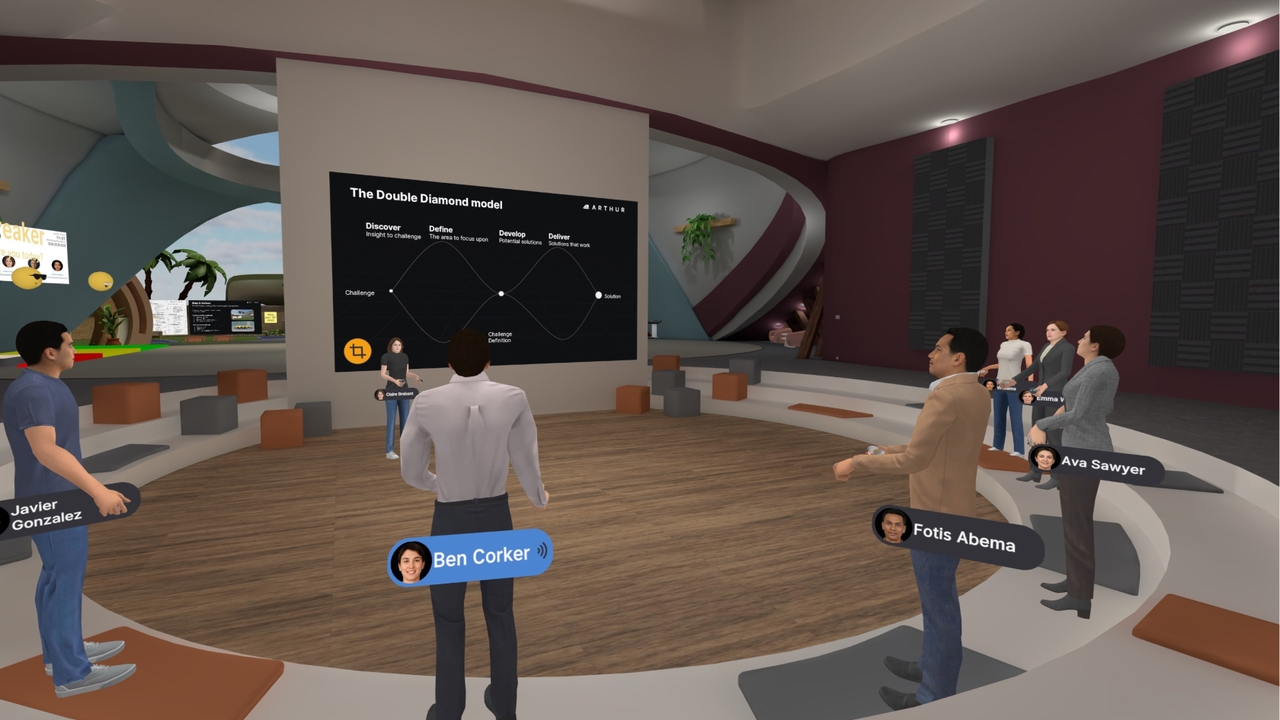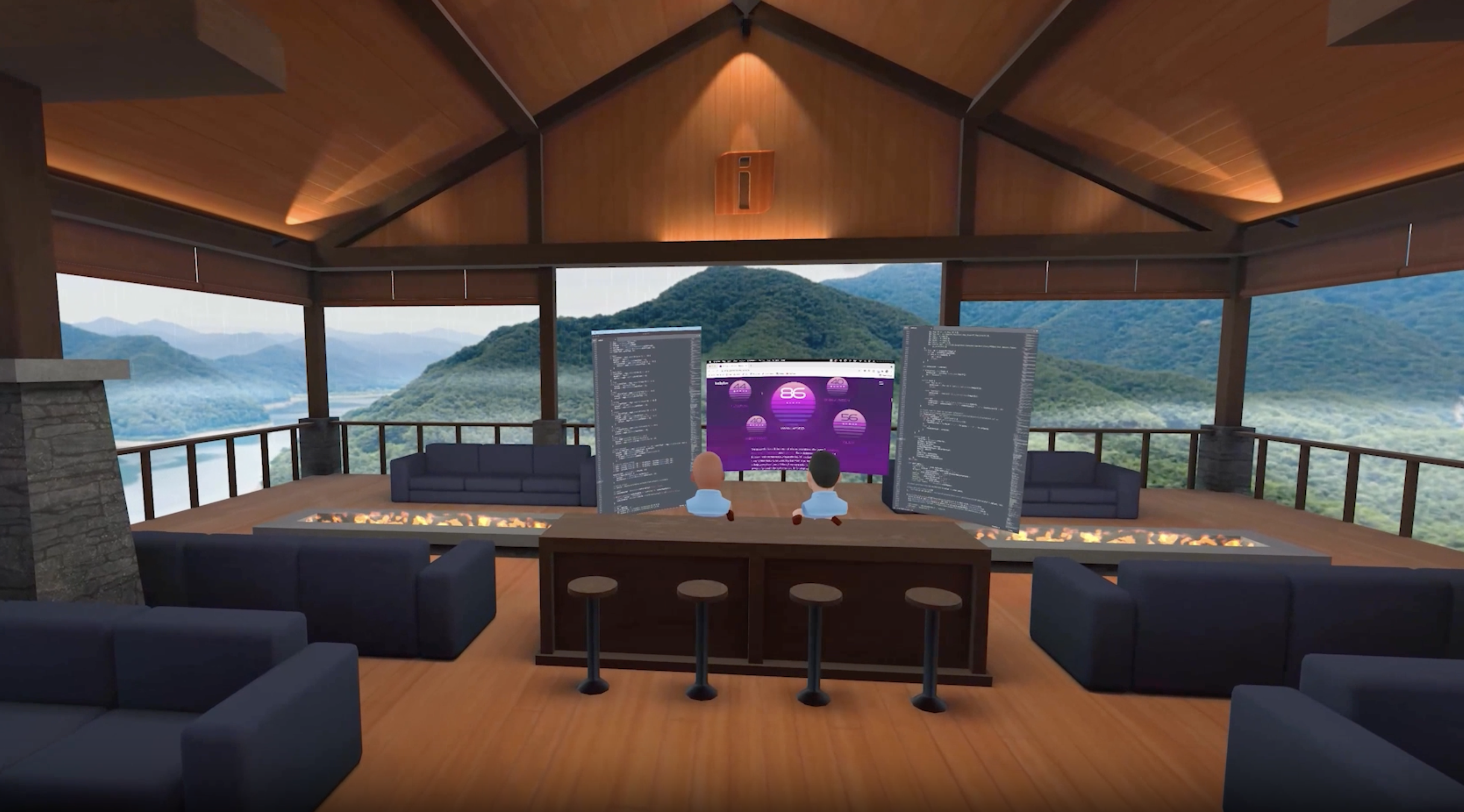
Introduction
With more businesses transitioning to remote work, technology played a pivotal role in ensuring a smooth operation and establishing collaboration between teleworking colleagues. PICO 4 VR headset has been a game changer for workplaces that require collaboration between remote employees.
What is Virtual Reality Collaboration?
While VR is more popularly used for gaming, virtual reality has begun to make significant inroads in the business world. Virtual reality collaboration involves using VR headsets and software to create a shared virtual environment where geographically dispersed participants can interact as if they were physically present in the same location. It provides an alternative to traditional operations, especially for remote workers.
This technology enables more immersive and interactive meetings compared to traditional video conferencing tools. Employees can engage with 3D models, manipulate virtual data, or perform collaborative tasks. The immersive nature of VR can lead to better focus and higher retention of information. Distractions are minimized and participants are fully immersed in the content.
VR for Work Apps on PICO 4
Two standout apps for the PICO 4 VR headset are Arthur and Immersed. Both offer virtual office spaces, but they differ in features, layouts, and experiences. Companies might use both, allowing users to pick the software that fits their needs best.

Arthur is a cloud-based VR office designed for enterprise collaboration. It enables organizations to conduct meetings, manage work, and collaborate in a fully digital, customizable virtual space. Key features include full focus and presence, team bonding, large customizable spaces, and a range of productivity tools such as Google Drive, Microsoft OneDrive, Trello, Jira, and SharePoint.
It features a digital avatar system wherein users can customize their appearances and interact with each other as they would in person. These virtual offices can accommodate anywhere from two people to over 70 for larger gatherings. Participants can view documents and other information on a central digital whiteboard, choosing from over 30 different sample rooms.

Immersed offers a virtual reality workspace where users can create multiple virtual monitors without additional hardware. This app excels in enabling focused solo work and efficient remote collaboration, allowing users to share screens and engage in virtual whiteboarding.
This platform can accommodate up to five virtual screens which is particularly useful for those who need extensive screen real estate for their work but lack the physical space or resources for multiple monitors. Users can share also their screens for collaborative viewing and editing.
Immersed also offers customizable avatars and environments for a more personalized and engaging virtual meeting space.
How Does VR Enhance Team Collaboration and Communication?
VR helps facilitate immersive and engaging team collaborations by allowing users to feel like they're in the same room. This helps reduce common barriers found in traditional remote work setups.
Virtual reality also facilitates more engaging and interactive meetings with tools for shared experiences and a better understanding of concepts. VR also supports advanced visualization, allowing teams to interact with data and models in a more intuitive way. This is particularly helpful for complex tasks that benefit from a three-dimensional perspective.
What are the Advantages of VR in the Workplace?
VR in the workplace bridges geographic distances especially for those working with a distributed workforce. It enables immersive training and skill development, offering realistic simulations for various scenarios.
VR also supports innovative problem-solving by allowing teams to interact with 3D models and data, fostering creativity. For instance, architects and engineers can spot potential issues in a building design before construction. Medical professionals can simulate surgeries for better planning and training.
These interactive, realistic scenarios enable teams to identify and solve problems more effectively than traditional two-dimensional methods. This leads to more innovative solutions and efficient workflows.
Conclusion
The use of VR technology, especially with the PICO 4 headset, has transformed team collaboration in the workplace. It allows for immersive interactions that overcome the limitations of physical distance. With tools like Arthur and Immersed, VR provides to be a valuable asset in today's remote work environment. Discover more and elevate your business's remote collaboration experience by checking out PICO VR headsets today.